Toronto
January 26, 2023
SMART Remediation talks have focused on innovative technologies for remediating contaminated sites, approaches for site characterization, project case studies, regulatory and industry perspectives, and other related topics.

A recent SMART Remediation conference was held in Toronto on March 31st 2022. Details on the speakers and presentations are provided below.
Speakers
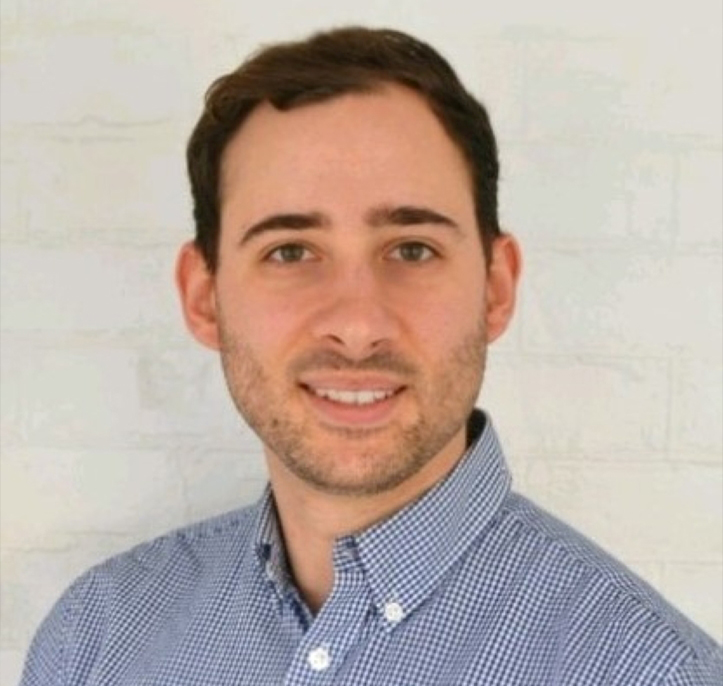
Jeffrey Martin,
H2nanO Inc.
Treatment of Recalcitrant Organics Using Solar Photocatalysis
- Bio |
- Abstract
- | Presentation
Jeffrey Martin
Jeffrey Martin is a Senior Water Treatment Scientist at H2nanO Inc., leading the team developing new water and emissions treatment applications for H2nanO’s novel photocatalytic treatment technology, SolarPass. Jeff obtained his MASc in Chemical Engineering from the University of Toronto, and BASc in Chemical Engineering from the University of Waterloo. Passionate about solving complex water treatment issues with innovative and sustainable solutions, Jeff specializes in adapting H2nanO’s SolarPass technology to new customers and applications.
Treatment of Recalcitrant Organics Using Solar Photocatalysis
Conventionally, the treatment of recalcitrant dissolved organics requires significant chemical and electrical inputs and capital-intensive process equipment. To this end H2nanO has developed SolarPass, a passive oxidative treatment technology consisting of a system of buoyant photocatalyst composites that provides off-grid, high strength oxidative treatment of organics without the need for chemical or electrical inputs. H2nanO’s photocatalyst technology generates free radicals from the treatment effluent itself, including hydroxyl and superoxide, upon exposure to naturally occurring solar or artificial ultraviolet (UV) light. As the photocatalyst media is not consumed, they may be collected for reuse once treatment is complete using low-energyflotation or a similar process. SolarPass can be continuously operated without operator intervention, gas handling, or adsorbent regeneration/disposal. Further, for the treatment of volatiles and semi-volatiles SolarPass can act as a floating reactive barrier, mitigating volatile emissions while simultaneously providing sunlight-driven oxidative treatment. Currently,H2nanO’s SolarPass technology has been identified as a solution for the treatment of complexlong-chain organics within the Canadian Oil Sands, an issue which is insufficiently addressed by conventional treatment technologies. This presentation will further discuss H2nanO’s treatment technology and highlight treatment case studies, at various stages of development, for recalcitrant organics including polycyclic aromatic hydrocarbons (PAHs), petroleum hydrocarbons, 1,4-dioxane, and BTEX compounds
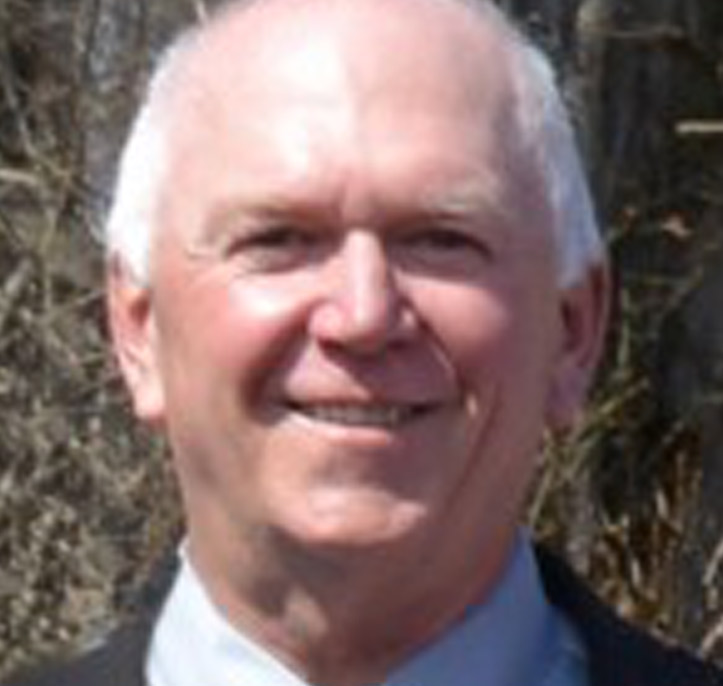
Daniel Leigh ,
Evonik Active Oxygens, LLC
In Situ Biogeochemical Process for the Treatment of Chlorinated Organics and Metals
- Bio |
- Abstract
- | Presentation
Daniel Leigh
Daniel Leigh is Evonik Technology Applications Manager for biological and biogeochemical reductive processes. He is a professional geologist and certified hydrogeologist located in Northern California. Mr. Leigh has 39 years professional experience in characterization and remediation of organic and inorganic contaminants in soil and groundwater at sites across the United States and Internationally; 33 of which have been focused on biological and chemical reductive processes for degradation of chlorinated organics. He has over 125 technical presentations and publications in the areas of geology, groundwater hydrology, coastal and atoll island hydrogeology, groundwater fate and transport modelling, geochemistry, phytoremediation, mechanochemical destruction, natural attenuation, aerobic, anaerobic, co-metabolic and biogeochemical degradation of organic compounds. Mr. Leigh designed and conducted systems for evaluating application of colloidal gas aphrons for treatment of petroleum hydrocarbons under an USEPA SITE emerging technology grant and was principal investigator for a US Air Force Broad Agency Announcement (BAA) grant for evaluating biogeochemical degradation of chlorinated organics.
In Situ Biogeochemical Process for the Treatment of Chlorinated Organics and Metals
Background
For over two decades, biotic (enhanced reductive dechlorination; ERD) and abiotic (in situchemical reduction; ISCR) processes have been applied to degrade chlorinated volatile organiccompounds (CVOCs) in situ. Recently, biogeochemical reduction (BGCR), a process whichcombines biological and chemical processes, has been combined with ERD and ISCR to providean additional mechanism to more aggressively degrade CVOCs and to sequester metals.During ERD and ISCR, highly reducing conditions are generated which are favorable to thereduction of ferric iron (Fe3+) to ferrous (Fe2+) and sulfate (SO4) to sulfide (S-). If present, theferrous and sulfide rapidly combine to produce iron-sulfide minerals such as mackinawite (FeS),and pyrite (FeS2). These biologically generated minerals have been demonstrated to abioticallydegrade CVOCs on contact by the β elimination pathway. This pathway minimizes thegeneration of toxic degradation products thereby substantially reducing the clean-up time. Inaddition to forming reactive minerals, the sulfide will precipitate on zero valent iron (ZVI) ifpresent. This sulfidation of ZVI has been demonstrated to substantially enhance ZVI reactivity.
Approach
Bench tests, field pilot studies and full-scale treatment have been conducted to evaluate the effectiveness two BGCR enhancing reagents (GeoformTM Extended Release and GeoformTM Soluble) for treatment of CVOCs and sequestration of toxic metals. These reagents have been applied at sites with distinct hydrogeologic and geochemical conditions, and contaminant concentrations. Innovative analytical techniques were used to confirm the generation of the formation and characterize the type of minerals formed.
Results
The bench tests demonstrated that BGCR enhancement significantly increased the reactivity of the ISCR reagent. The field tests demonstrated that the biologically mediated establishment of highly reducing conditions resulted in the reduction of the supplied sulfate to sulfide. Analysis confirmed that the sulfide combined with the supplied ferrous resulting in the rapid generation of a combination of reactive iron sulfide minerals. The combination of these technologies resulted in the rapid destruction of CVOCs and sequestration of toxic metals.This presentation will describe the synergistic changes in geochemical conditions which occur during BGCR enhanced ERD and ISCR. The unique methods for identifying these newly formed minerals will be described, and the results of full-scale application of BGCR enhanced ERD andISCR for treatment of CVOCs and metals will be presented.
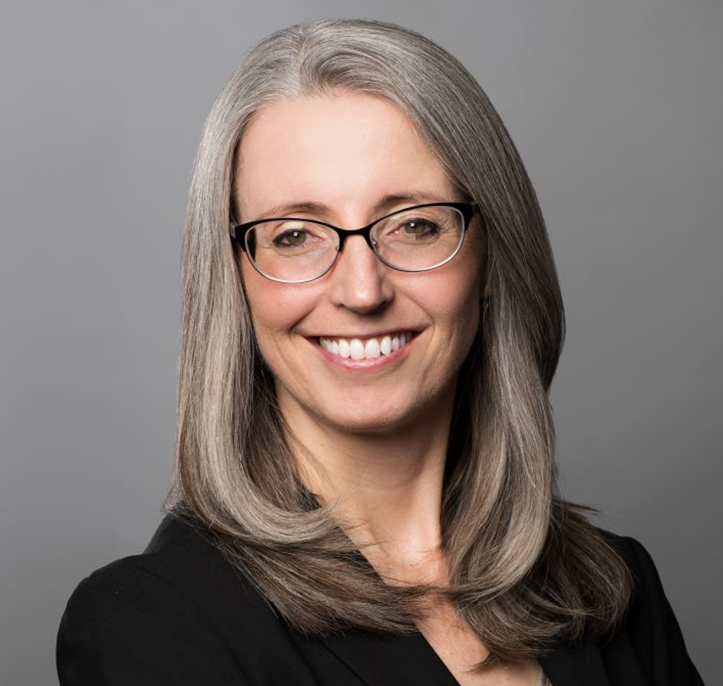
Julie Konzuk ,
Geosyntec Consultants International, Inc.
Leveraging Your CSM to Develop Successful Bedrock Remediation Approaches - Concepts & Case Studies
Julie Konzuk
Julie Konzuk is a Senior Principal at Geosyntec Consultants. She is a civil engineer with over 20 years of experience in environmental site investigation and remedial design, strategy, and implementation at complex sites with recalcitrant contaminants. Much of her experience includes remediation of contaminants in various fractured bedrock environments.
Leveraging Your CSM to Develop Successful Bedrock Remediation Approaches - Concepts & Case Studies
Fractured bedrock sites present unique characterization and remediation challenges.Developing an accurate conceptual site model (CSM) is a critical first step in the remediationprocess. Some of the key aspects of CSM development at bedrock sites include identifying therock type, delineating the source mass, characterizing the fracture network, andunderstanding the groundwater flow regime. For in situ remediation at bedrock sites, thetreatment technology and/or amendment delivery method require careful consideration ofthese CSM components.
This presentation will highlight the key features of various fractured bedrock types and howthese influence remedy selection, design and implementation. Several key considerationsinclude: i) the influence of bedrock structure on migration of contaminants and amendments;ii) the role of bedrock porosity in terms of mass storage and access; iii) the potential formobilization or altered flowpaths during remedy implementation; and iv) the advantages ofspecific remedial approaches in treated mass stored in the bedrock matrix.
We will present site examples and a case study that demonstrate how well-developed CSMscan be leveraged to implement successful remediation approaches at complex bedrock sites.The detailed case study is a site in Ontario where a tetrachloroethene (PCE) source area andplume in weathered shale has been investigated and treated using an anaerobicbioremediation approach. At this site, many of the considerations noted above wereimportant considerations in designing and implementing the remedy. The potential forrebound related to back diffusion and alteration of flow paths during the remedyimplementation also played a role in how the remedial program was designed andimplemented.
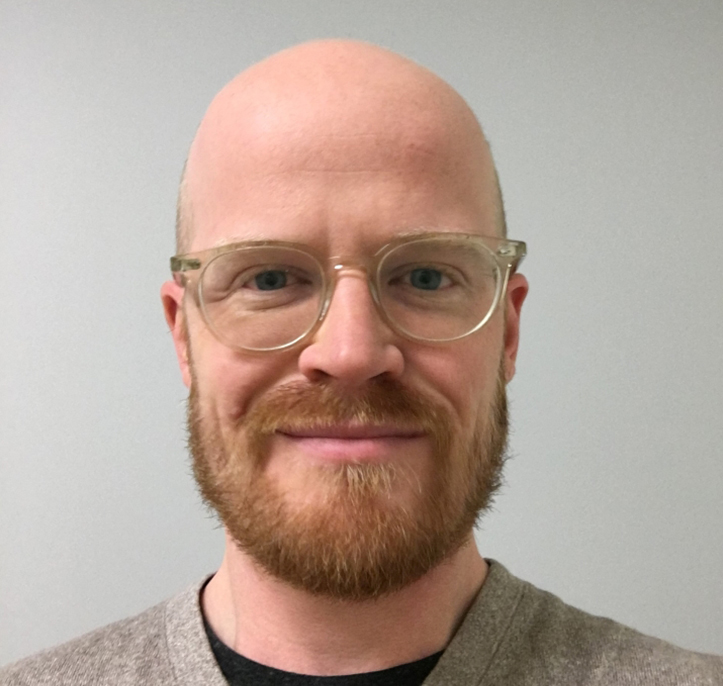
Samuel Lingwood,
Pinchin
Curtain Walls, Sub-slab Depressurization, and Chemical Barriers – Building a CVOC Prison
- Bio |
- Abstract
- | Presentation
Samuel Lingwood
Samuel Lingwood has a background in mining, mechanical and environmental engineering and is a Team Leader & Senior Project Manager within the Pinchin Remediation Team, located in the GTA. His primary focus is on soil and groundwater remedial design, evaluation/costing, and implemenation – predominantly within the real estate and development sector. As a project engineer and project manager, Mr. Lingwood has widespread experience with challenging projects across Canada, including in northern and remote environments, for a variety of land use and contaminant scenarios with sites impacted hydrocarbon fuels, waste oils, metals/inorganics, VOCs, PAHs, PCBs, paints, industrial effluents and dense and light NAPL chemicals.
Curtain Walls, Sub-slab Depressurization, and Chemical Barriers – Building a CVOC Prison
A case study on a confidential oil company site where traditional remediation would have cost over $20M; instead, a strategy involving Risk Assessment and the implementation of a wide variety of RMMs was designed and executed to support the filing of an RSC for <$5M.
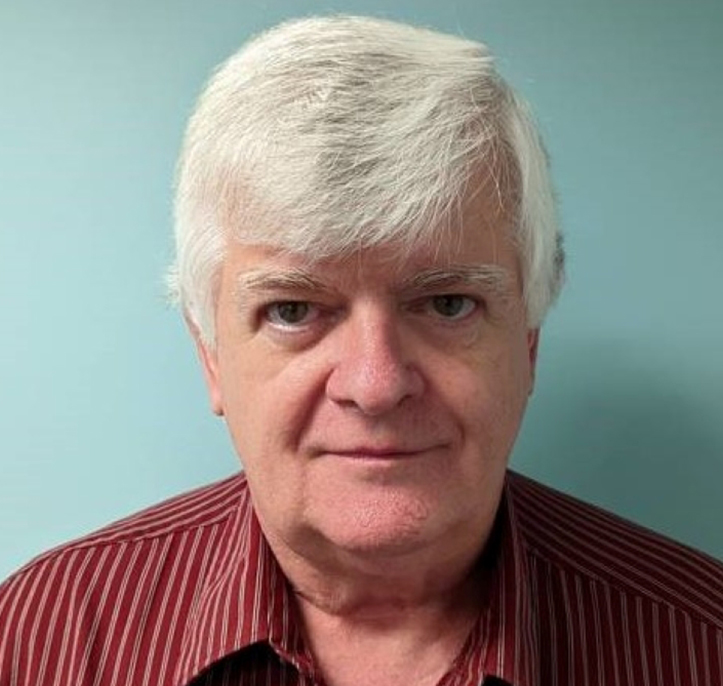
James Evans,
Geosyntec Consultants International, Inc.
Environmental Financing – What I’ve Seen in 23 Years at the Bank & Predictions for the Future
- Bio |
- Abstract
- | Presentation
James Evans
James (Jamie) Evans has worked in the environmental sector for almost 37 years. Jamie recently retired from the Royal Bank of Canada (RBC) after 23 years where he was the Senior Manager for Environmental Risk Management. Prior to this, he was an environmental consultant for 13 years at AGRA Earth and Environmental, Beak Consultants and Trow Dames and Moore. He is recognized as a North American expert on financing of contaminated real estate and Brownfield properties.
He was responsible for evaluating environmental risk issues, enterprise-wide (including Canada, the United States, the Caribbean, and Europe), associated with financial transactions. During his career at RBC, he:
• Reviewed over 17,000 transactions with a total loan value of approximately $70 billion
• Calculated CO2E emissions for RBC owned real estate
• Reviewed dozens of project finance transactions under the Equator Principles in Canada, the United States, and the Middle East
• Developed and provided environmental risk training to 100’s of account managers across RBC.
He has completed reports for RBC on Golf and the Environment, Drinking Water Quality Issues on First Nation Reserves, and the Mount Polley Tailings Dam Failure.
Environmental Financing – What I’ve Seen in 23 Years at the Bank & Predictions for the Future
Having soil or groundwater contamination on a site was once the kiss of death for getting a property financed. It did not matter what the contaminant was, where it was or how extensive it was, banks had no interest and maintained that position for years. They were oblivious to the fact that they already had 100’s of properties with contamination issues in their lending portfolio.So long as the borrower continued to make the payments on the loan, the bank was happy to be blissfully unaware. It has changed since that time and some banks will finance a site that they know is contaminated for the right client. By that, I am referring to those that manage the contamination appropriately (preferably through active remediation), they have a realistic remediation plan and they have a long term quality tenant. These type of tenants can always make the rent so that the bank never has to take the site back. Risk assessments help but they are not the panacea that some clients and consultants think they are, and they are not suitable for all sites. More than few client have gone to the expense of getting a risk assessment done to only find out the bank has no interest. Not because of the quality of the risk assessment but because the quality of the asset.
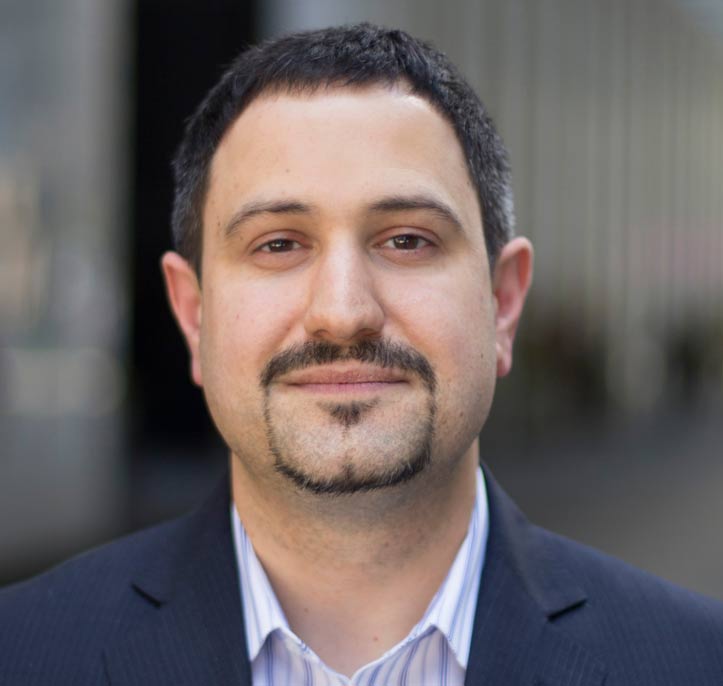
Carl Spensieri ,
Berkley Canada
Case Studies – Using Environmental Insurance to Facilitate Brownfield Development
- Bio |
- Abstract
- | Presentation
Carl Spensieri
As part of the Environmental Team at Berkley Canada (a niche specialty insurance carrier), Carl focuses on delivering better outcomes for clients by using his expertise to find creative risk transfer solutions for environmental risks. Prior to underwriting, Carl was an environmental engineer working with a Toronto based environmental consulting company and then at a Canadian law firm. Carl’s areas of expertise include merger & acquisition due diligence; professional liability; environmental liability assessment and risk transfer; property transactions; and Canadian infrastructure projects. Carl holds a Masters of Applied Sciences and Engineering from the University of Toronto and a Bachelor of Laws from the University of London (UK). He is also a Professional Engineer (Ontario).
Case Studies – Using Environmental Insurance to Facilitate Brownfield Development
Across Canada, there is an increasing need to build infrastructure and residential communities on urban and industrial lands. Learn how environmental insurance can be used as a tool to reduce the liability of acquiring, building on, and repurposing environmentally challenging properties. Using case studies, attendees will learn strategies to minimize environmental liabilities and achieve better outcomes.
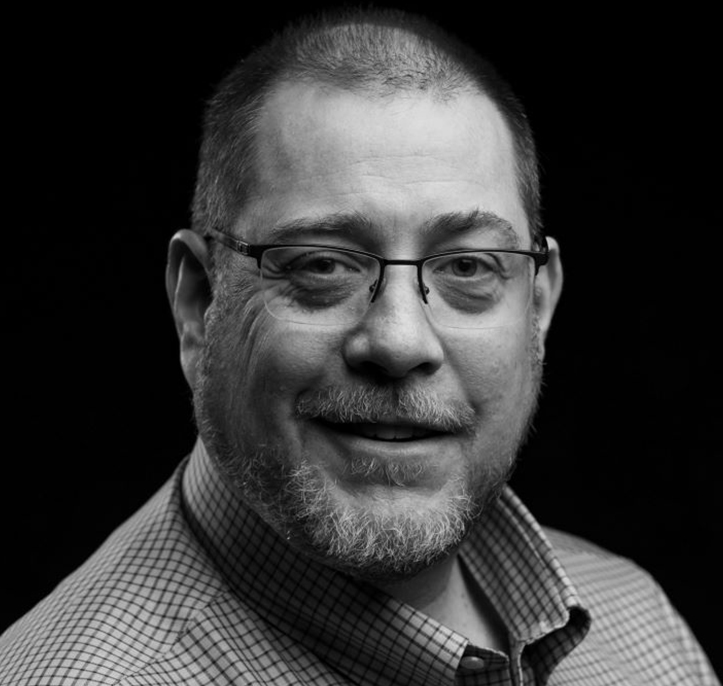
Grant Walsom ,
XCG Consulting Limited
Excess Soils – What’s Next?
- Bio |
- Abstract
- | Presentation
Grant Walsom
A senior engineer with over 28 years of experience and a Partner at XCG Consulting Limited. Mr. Walsom is a Professional Engineer registered in Ontario and Alberta, and a registered Consulting Engineer in Ontario. In addition, Mr. Walsom is a Qualified Person as defined by the Ontario Regulations (O. Reg.) 153/04 and 406/19.
Mr. Walsom’s expertise has included Phase I and II Environmental Site Assessments (ESAs), Site Remediation, Records of Site Condition, and Environmental Compliance Audits (for both external and pre-acquisition purposes). He has completed numerous Brownfield redevelopments and soil and groundwater remediation projects with virtually all contaminant sources, including metals, polychlorinated biphenyls (PCBs), petroleum hydrocarbons (PHCs), chlorinated solvents and volatile organic compounds (VOCs), and polycyclic aromatic hydrocarbons (PAHs) (including coal tar). With his experience, Mr. Walsom has been asked on numerous occasions to peer review existing documents and act as an expert witness for legal cases around contamination in soil and groundwater.
Mr. Walsom currently is the Past-Chair of the Board of Directors for the Ontario Environment Industry Association (ONEIA) and a past co-Chair for the Excess Soils Working Group. Mr. Walsom also serves on the Board of Directors for the Canadian Brownfield Network (CBN) as a Past-President and now as an advisor. He was proudly named the 2015 “Brownfielder of the Year” by the Canadian Urban Institute and received the ONEIA “Skip Willis Award” for 2019.
Mr. Walsom was instrumental in founding the Qualified Persons Community of Ontario (QPCO) in 2021. He continues as Chair of QPCO and actively participates in the three advocacy teams.
Mr. Walsom enjoys participating in speaking engagements and presentations regarding site remediation case-studies, Brownfield redevelopment, and excess soil management.
Excess Soils – What’s Next?
N/A

Shannon Adams ,
Canderel
A Developer’s Perspective – All the Pieces of the Puzzle
- Bio |
- Abstract
- | Presentation
Shannon Adams
Having started in the construction industry in 2006, Shannon has sixteen years of development management and construction project management experience; initially as Construction Project Coordinator onsite, through roles as Project Manager, Development Manager, VP Design Development, and currently Director, Project & Development Services at Canderel, for all new mixed use high-rise residential construction in Toronto. Shannon excels at directing and finalizing municipal project approvals and entitlement processes, enabling and driving successful sales & marketing launches, coordinating and facilitating building permit applications and pulling permits in due time for construction mobilization per schedule, and general management of comprehensive process required before construction start for all new residential construction developments. A personable leader, successful at building strong professional relationships, and capable of managing multiple projects while maintaining high team morale and energy. A skilled mentor and mediator who excels at bringing out the best in people and maintaining a focus on project success.
Outside of the office, Shannon is an active member in multiple industry related associations. She believes in and promotes mentorship and networking opportunities in any and all capacities, and relishes the opportunity for shared experience and development of new symbiotic professional relationships.
A Developer’s Perspective – All the Pieces of the Puzzle
A holistic overview conversation of everything the developer needs to consider regarding soils and groundwater contamination, and how it ties into the total proforma and construction budget/schedule/permit planning process. 3 stagesto touch on:
1. Acquisition – due diligence review – do we want to take this on? Is it worth it? How bad is it? What is the density we can get approved for/build at what sales value to offset remediation work required?
2. Development
• Site Plan Review/Pre-Approval Conditions
• RSC/RA program – need RSC for full permit – need Site Plan Approval to get a permit, but can’t get a permit without an RSC, can’t get RSC without remediating, can’t remediate without excavating, can’t excavate without a permit…
o Full Permits vs Conditional Permits vs Standalone Permits – what to apply for when • CPU – what are the conditions to adhere to? How to lock this down into a trade contract?
• Budget – how to prepare the proforma 3 yearsin advance
• Bathtubbing foundations – how much does this add to the budget? Costs review of bathtubbing vs discharging if the infrastructure is even available to handle the amount?
• Soils remediation/delineation – Soils Management Plan – Excess Soils Reg – what to believe/how to prepare?
• Groundwaterremediation – TW Discharge – Sani or Storm – filtration and costs – what is the best and worst case scenario?
o Remember when we used to send a 1 page fax for construction discharge?!
o Preparing a redundant collection system IN CASE any groundwater gets through?!
o Any long term filtration required – what will pass on to the future condo board?
3. Construction
• CMP – logistics of what goes where o Space for waterfiltration units o Space for stock pile? o How are you excavating/bring trucksin and out o How are you stacking construction processes – i.e., what all can be done at the same time to maximize the efficiency of the schedule
• Construction schedule – what can start when on what type of permit? How to prepare schedule and proposed costs years in advance before you dig? Contingency plan upon contingency plan. o Tarion First Occupancy Dates and Outside Occupancy Dates prep Wrap Up and Conclusion
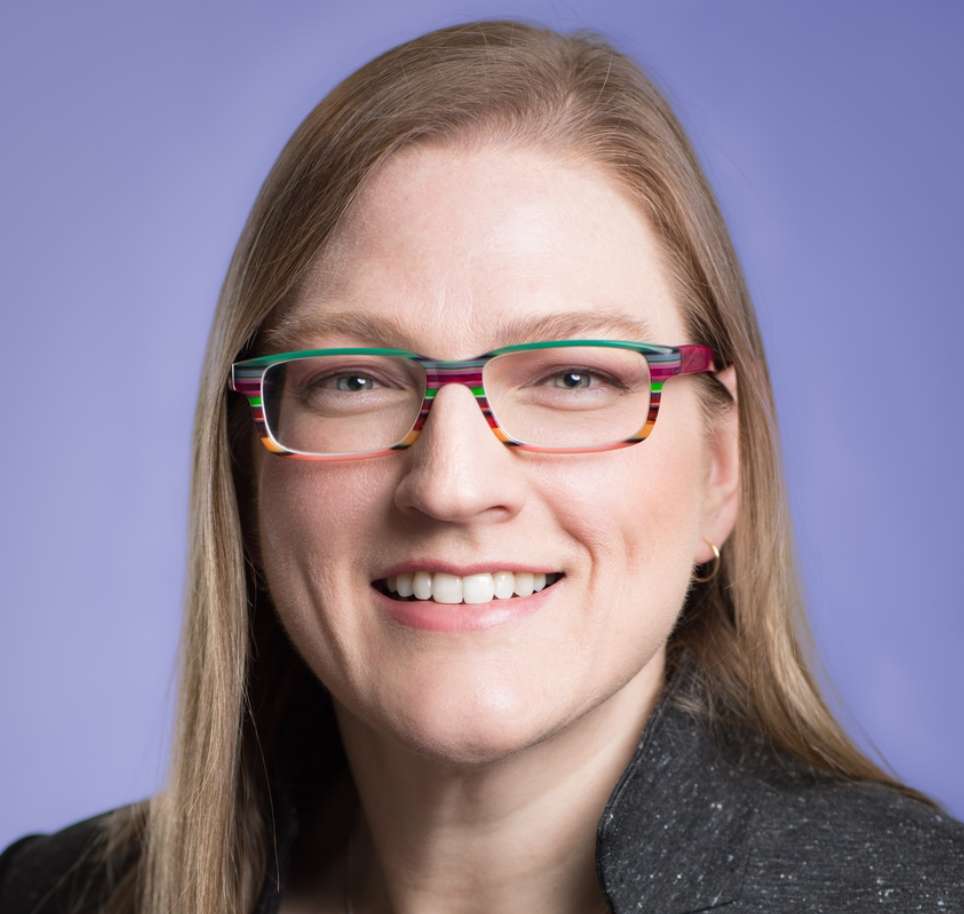
Jacquelyn Stevens,
Willms & Shier Environmental Lawyers LLP
PFAS in Canada: A Legal Perspective on the “Forever Chemicals” – Laws, Guidelines, and Practical Considerations
- Bio |
- Abstract
- | Presentation
Jacquelyn Stevens
Jacquelyn Stevens is a Partner at Willms & Shier Environmental Lawyers LLP and is a Certified Specialist in Environmental Law by the Law Society of Ontario. Jacquie has significant expertise representing a wide range of clients in environmental civil litigation, defence of prosecutions by environmental regulators, and at administrative appeals and hearings. Jacquie also provides effective advice and solutions for environmental due diligence and compliance, brownfields/contaminated site remediation, and environmental approvals for air, odour, noise and waste. Jacquie advises on cross-boundary migration of contamination and remediation options and has significant expertise involving contamination issues at dry cleaning operations and gas stations. Jacquie is called to the Bar in Alberta and Ontario.
PFAS in Canada: A Legal Perspective on the “Forever Chemicals” – Laws, Guidelines, and Practical Considerations
Federal, provincial and territorial governments across Canada are considering how to address per- and poly-fluoroalkyl substances (PFAS). Canada and our provinces and territories now realize the potential toxicity and persistence of PFAS in the environment, but struggle to find ways to regulate and address PFAS, due to complexities involved in detecting, managing and remediating PFAS.
Jacquelyn Stevens and Matthew Gardner will:
• Provide a cross-country review of measures the federal, provincial and territorial governments are taking to address PFAS in the environment
• Consider whether and how PFAS are being addressed in environmental investigations, clean ups, and land transactions, and
• Provide considerations for environmental consultants and their clients when dealing with PFAS.
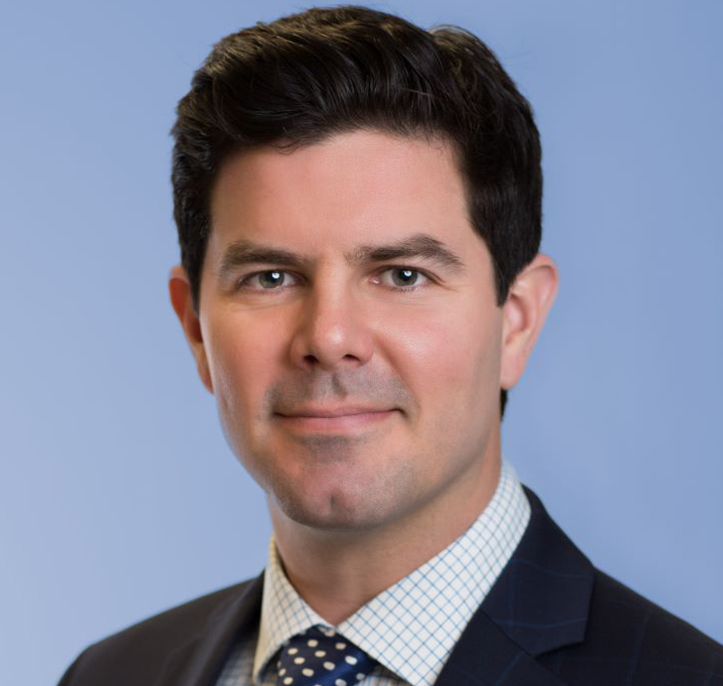
Matthew Gardner,
Willms & Shier Environmental Lawyers LLP
PFAS in Canada: A Legal Perspective on the “Forever Chemicals” – Laws, Guidelines, and Practical Considerations
- Bio |
- Abstract
- | Presentation
Matthew Gardner
Matthew Gardner is a Partner at Willms & Shier Environmental Lawyers LLP and is a Certified Specialist in Environmental Law by the Law Society of Ontario. Matthew practices environmental law and environmental litigation. He provides advice and solutions about environmental due diligence and compliance to a wide range of clients including industrial corporations, the construction and land development sectors and municipalities. Matthew also provides advice and solutions about contaminated land issues, environmental risk management, environmental transactional due diligence and regulatory compliance. Matthew regularly appears before the Courts and administrative tribunals. He also assists clients under inspection or investigation by federal, provincial and municipal environmental regulators, and defends clients against environmental regulatory prosecutions. Matthew is called to the Bar in Alberta and Ontario.
PFAS in Canada: A Legal Perspective on the “Forever Chemicals” – Laws, Guidelines, and Practical Considerations
Federal, provincial and territorial governments across Canada are considering how to address per- and poly-fluoroalkyl substances (PFAS). Canada and our provinces and territories now realize the potential toxicity and persistence of PFAS in the environment, but struggle to find ways to regulate and address PFAS, due to complexities involved in detecting, managing and remediating PFAS.
Jacquelyn Stevens and Matthew Gardner will:
• Provide a cross-country review of measures the federal, provincial and territorial governments are taking to address PFAS in the environment
• Consider whether and how PFAS are being addressed in environmental investigations, clean ups, and land transactions, and
• Provide considerations for environmental consultants and their clients when dealing with PFAS.